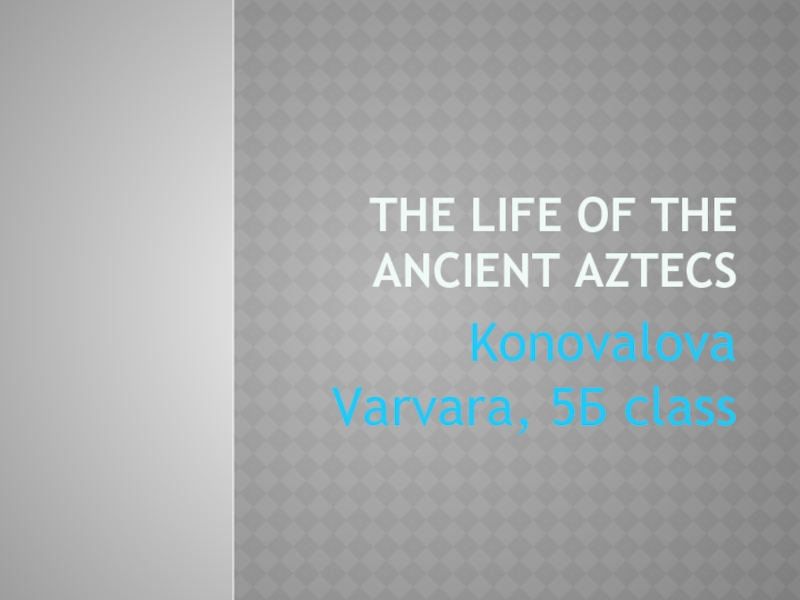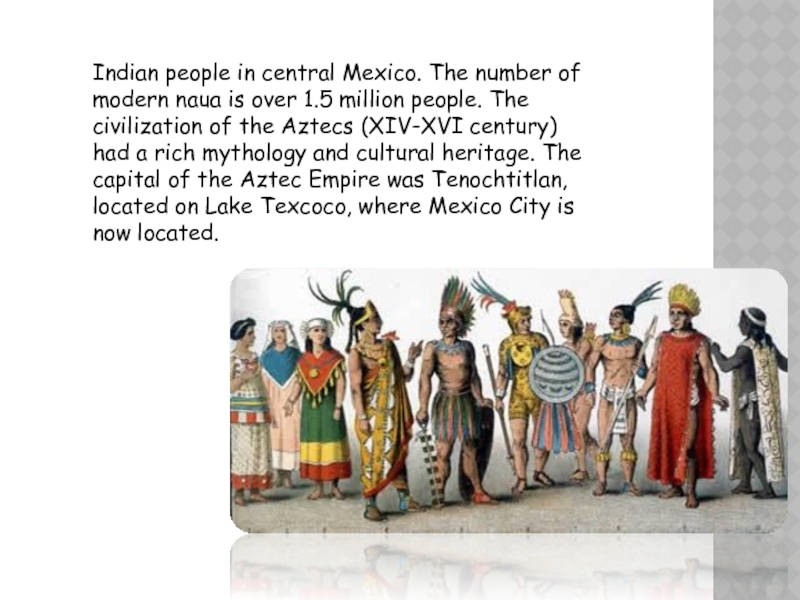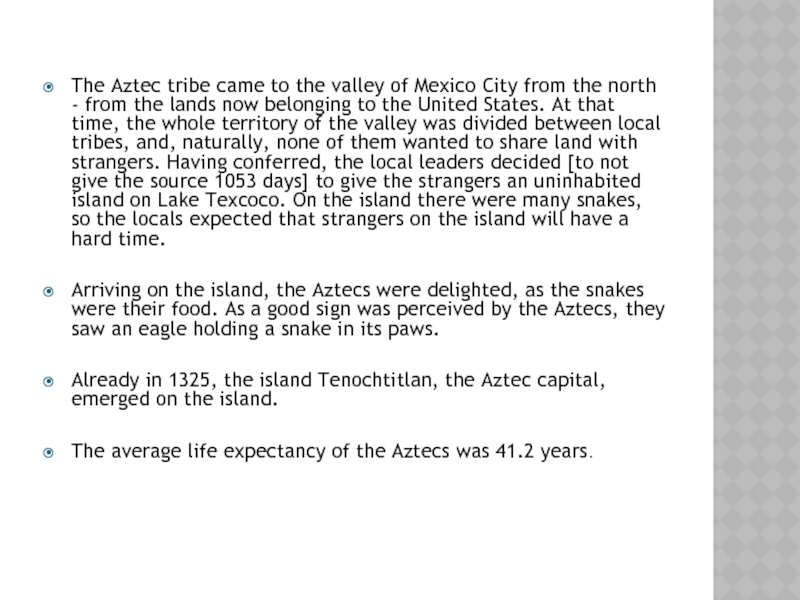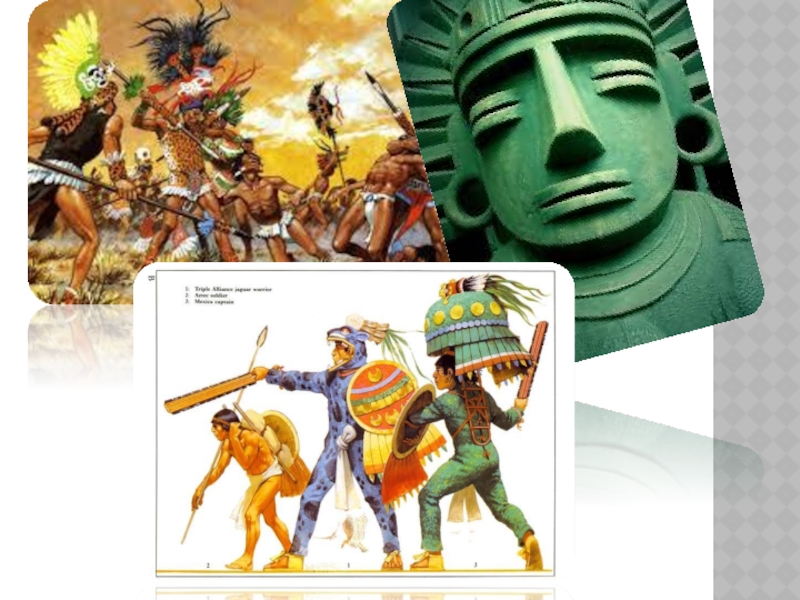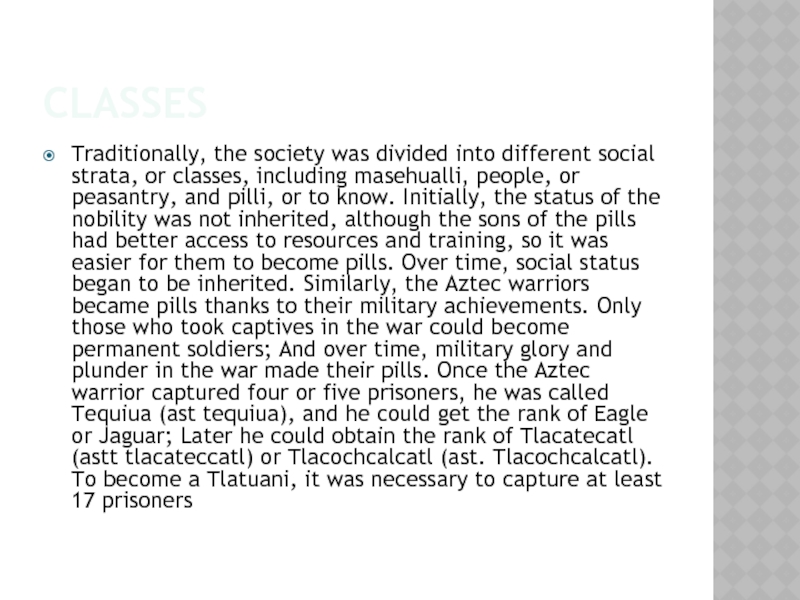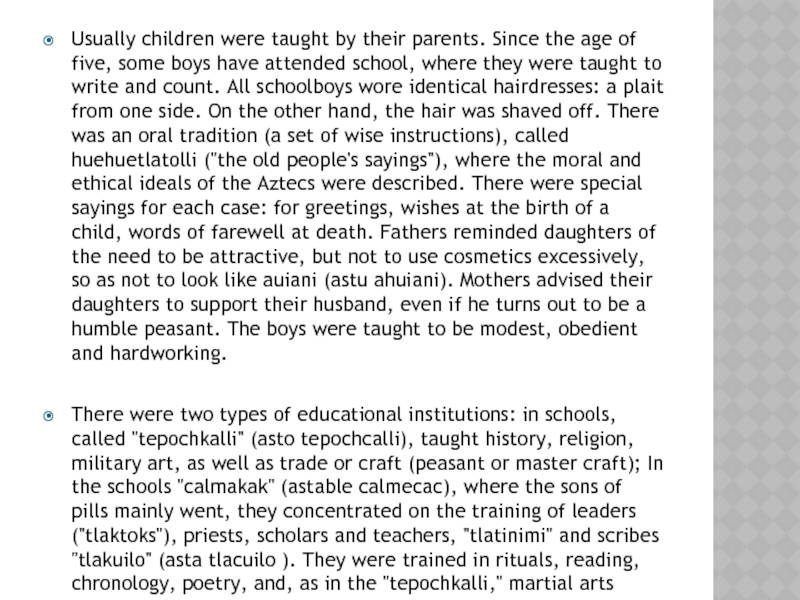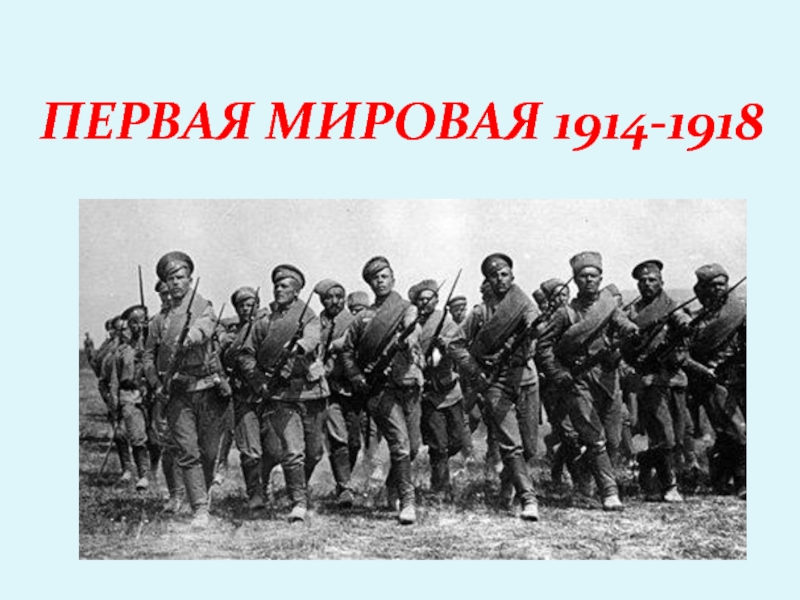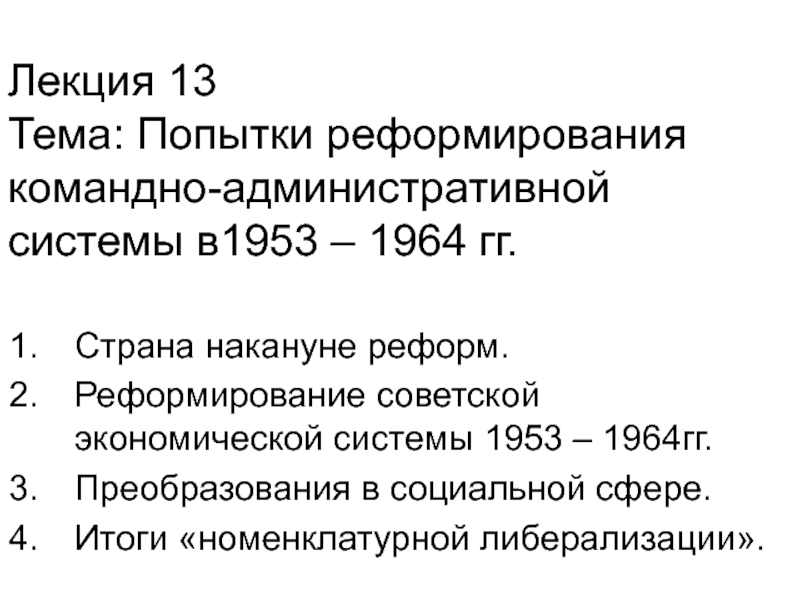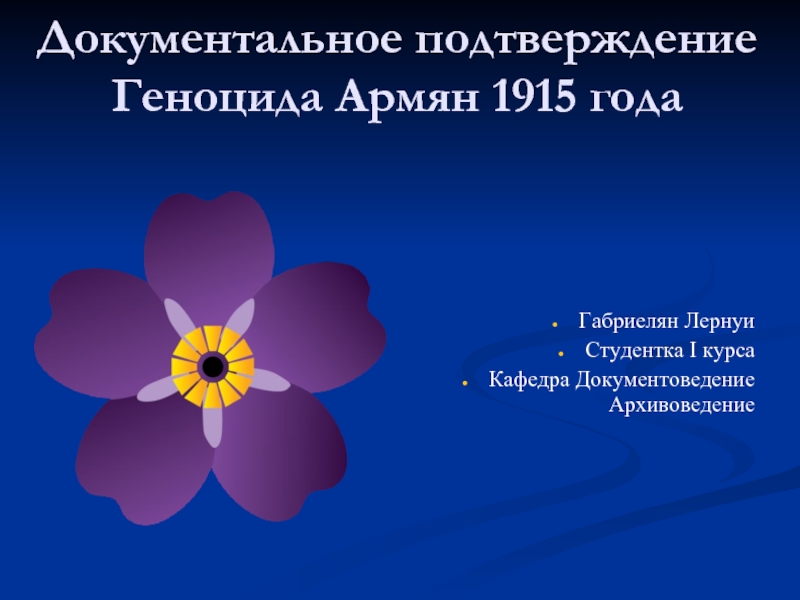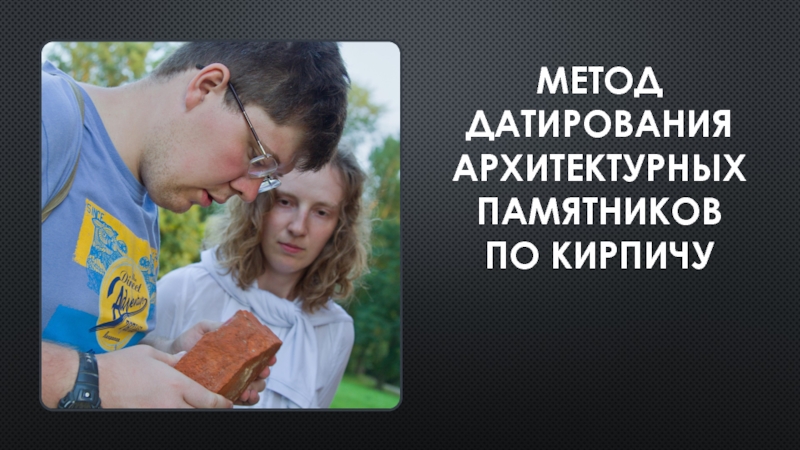- Главная
- Разное
- Дизайн
- Бизнес и предпринимательство
- Аналитика
- Образование
- Развлечения
- Красота и здоровье
- Финансы
- Государство
- Путешествия
- Спорт
- Недвижимость
- Армия
- Графика
- Культурология
- Еда и кулинария
- Лингвистика
- Английский язык
- Астрономия
- Алгебра
- Биология
- География
- Детские презентации
- Информатика
- История
- Литература
- Маркетинг
- Математика
- Медицина
- Менеджмент
- Музыка
- МХК
- Немецкий язык
- ОБЖ
- Обществознание
- Окружающий мир
- Педагогика
- Русский язык
- Технология
- Физика
- Философия
- Химия
- Шаблоны, картинки для презентаций
- Экология
- Экономика
- Юриспруденция
The life of the ancient Aztecs презентация
Содержание
Слайд 2
Indian people in central Mexico. The number of modern naua is
over 1.5 million people. The civilization of the Aztecs (XIV-XVI century) had a rich mythology and cultural heritage. The capital of the Aztec Empire was Tenochtitlan, located on Lake Texcoco, where Mexico City is now located.
Слайд 3
The Aztec tribe came to the valley of Mexico City from
the north - from the lands now belonging to the United States. At that time, the whole territory of the valley was divided between local tribes, and, naturally, none of them wanted to share land with strangers. Having conferred, the local leaders decided [to not give the source 1053 days] to give the strangers an uninhabited island on Lake Texcoco. On the island there were many snakes, so the locals expected that strangers on the island will have a hard time.
Arriving on the island, the Aztecs were delighted, as the snakes were their food. As a good sign was perceived by the Aztecs, they saw an eagle holding a snake in its paws.
Already in 1325, the island Tenochtitlan, the Aztec capital, emerged on the island.
The average life expectancy of the Aztecs was 41.2 years.
Arriving on the island, the Aztecs were delighted, as the snakes were their food. As a good sign was perceived by the Aztecs, they saw an eagle holding a snake in its paws.
Already in 1325, the island Tenochtitlan, the Aztec capital, emerged on the island.
The average life expectancy of the Aztecs was 41.2 years.
Слайд 5CLASSES
Traditionally, the society was divided into different social strata, or classes,
including masehualli, people, or peasantry, and pilli, or to know. Initially, the status of the nobility was not inherited, although the sons of the pills had better access to resources and training, so it was easier for them to become pills. Over time, social status began to be inherited. Similarly, the Aztec warriors became pills thanks to their military achievements. Only those who took captives in the war could become permanent soldiers; And over time, military glory and plunder in the war made their pills. Once the Aztec warrior captured four or five prisoners, he was called Tequiua (ast tequiua), and he could get the rank of Eagle or Jaguar; Later he could obtain the rank of Tlacatecatl (astt tlacateccatl) or Tlacochcalcatl (ast. Tlacochcalcatl). To become a Tlatuani, it was necessary to capture at least 17 prisoners
Слайд 7
Usually children were taught by their parents. Since the age of
five, some boys have attended school, where they were taught to write and count. All schoolboys wore identical hairdresses: a plait from one side. On the other hand, the hair was shaved off. There was an oral tradition (a set of wise instructions), called huehuetlatolli ("the old people's sayings"), where the moral and ethical ideals of the Aztecs were described. There were special sayings for each case: for greetings, wishes at the birth of a child, words of farewell at death. Fathers reminded daughters of the need to be attractive, but not to use cosmetics excessively, so as not to look like auiani (astu ahuiani). Mothers advised their daughters to support their husband, even if he turns out to be a humble peasant. The boys were taught to be modest, obedient and hardworking.
There were two types of educational institutions: in schools, called "tepochkalli" (asto tepochcalli), taught history, religion, military art, as well as trade or craft (peasant or master craft); In the schools "calmakak" (astable calmecac), where the sons of pills mainly went, they concentrated on the training of leaders ("tlaktoks"), priests, scholars and teachers, "tlatinimi" and scribes "tlakuilo" (asta tlacuilo ). They were trained in rituals, reading, chronology, poetry, and, as in the "tepochkalli," martial arts
There were two types of educational institutions: in schools, called "tepochkalli" (asto tepochcalli), taught history, religion, military art, as well as trade or craft (peasant or master craft); In the schools "calmakak" (astable calmecac), where the sons of pills mainly went, they concentrated on the training of leaders ("tlaktoks"), priests, scholars and teachers, "tlatinimi" and scribes "tlakuilo" (asta tlacuilo ). They were trained in rituals, reading, chronology, poetry, and, as in the "tepochkalli," martial arts
